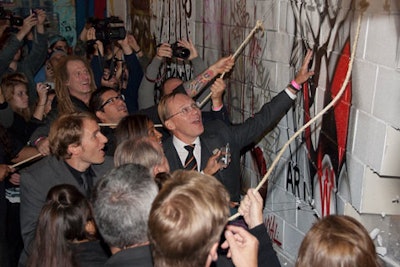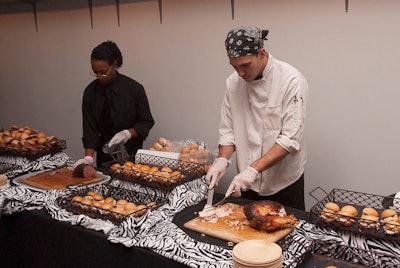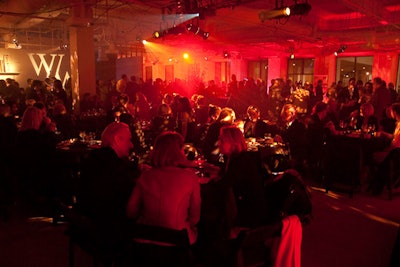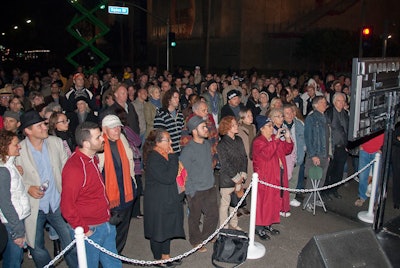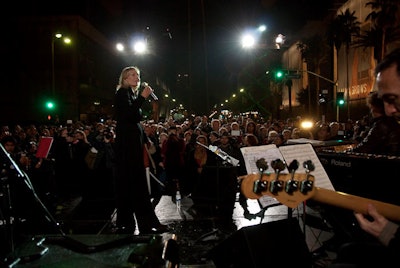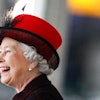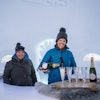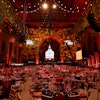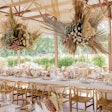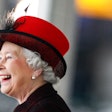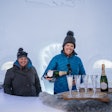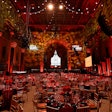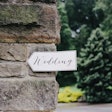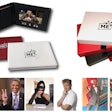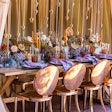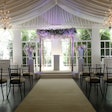Bringing down the Berlin Wall was one great feat of urban engineering. Running a close second was getting the permits to close down Wilshire Boulevard for a midnight celebration of the 20th anniversary of the end of the Cold War.
After months of filling out forms and calling in favors, Culver City’s Wende Museum succeeded in shutting down the street and managed to draw more than 1,000 guests Sunday night to a public art event recalling Germany’s reunification 20 years ago. German officials said it was one of the world’s largest such celebrations outside their country.
Spearheading the gathering in front of the L.A. County Museum was Justin Jampol, executive director of the Wende Museum and Archive of the Cold War, which he founded seven years ago. Executing his vision were event producers Walter Moore and Annet Peairs of Roland Communications.
Dubbed “The Berlin Wall Project,” the evening centered on two artistic replicas: a Wall Along Wilshire, 10 newly acquired segments of the actual Berlin Wall, painted by artists Kent Twitchell and Thierry Noir and installed in front of 5900 Wilshire Boulevard for a weeklong display; and a Wall Across Wilshire, a new 80-foot-long wall of art created by Shepard Fairey, street graffiti artists working with ArtStorm, and art students at U.C.L.A., U.S.C., CalArts and Otis.
The event began with a private party in a former restaurant space at 5900 Wilshire Blvd., where some 250 artists and supporters gathered for Cheers Catering’s champagne reception and buffet, a silent art auction, a performance by German jazz chanteuse Ute Lemper, and a DJ set by Fairey, who shot to fame during the last presidential election as the creator of the iconic Barack Obama “Hope” poster.
Lemper and Fairey also participated in the public portion of the evening, which, according to city ordinance, had to take place between 10 p.m. and 1 a.m. Neptune Production workers quickly built a stage, while the Wall Across Wilshire, which had been constructed on the grounds of the La Brea Tar Pits down the street, was set up. At 11:30 p.m., a 16-minute video on two flat screen TVs in front of the stage projected images of the Berlin Wall’s creation and destruction as well as speeches by Kennedy, Reagan, and Gorbachev. After brief addresses by Jampol, Berlin Mayor Klaus Wowereit by satellite, L.A. German Consul General Wolfgang Drautz, and L.A. City Council member Tom LaBonge (who helped the Wende clear fire and police department hurdles), Lemper regaled the crowd with jazz songs about Berlin.
At midnight, Lemper announced the (faux) wall would come down yet again. The artists behind the project then started pulling on ropes attached to the artwork, but for a few minutes, nothing. “What’s happening?” she said into the microphone.
Finally, the middle section of the Wall came down, and guests ran over to the piles of synthetic foam and plastic to claim their souvenirs, much like Berliners did 20 years ago.
“Look, no one scheduled the fall of the Berlin Wall either,” Jampol said. “We were a few minutes behind, and that still counts as a sign of success.”
